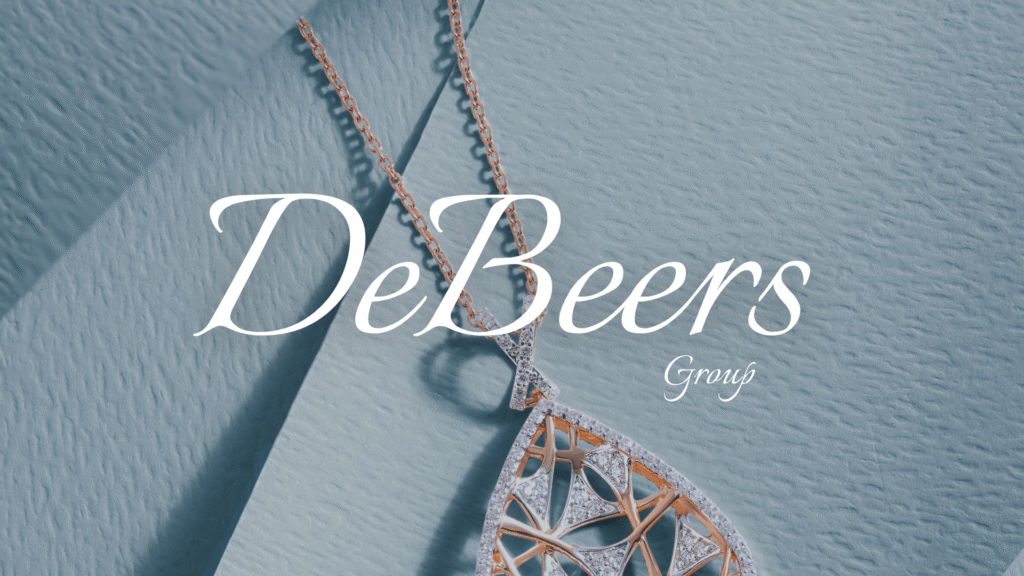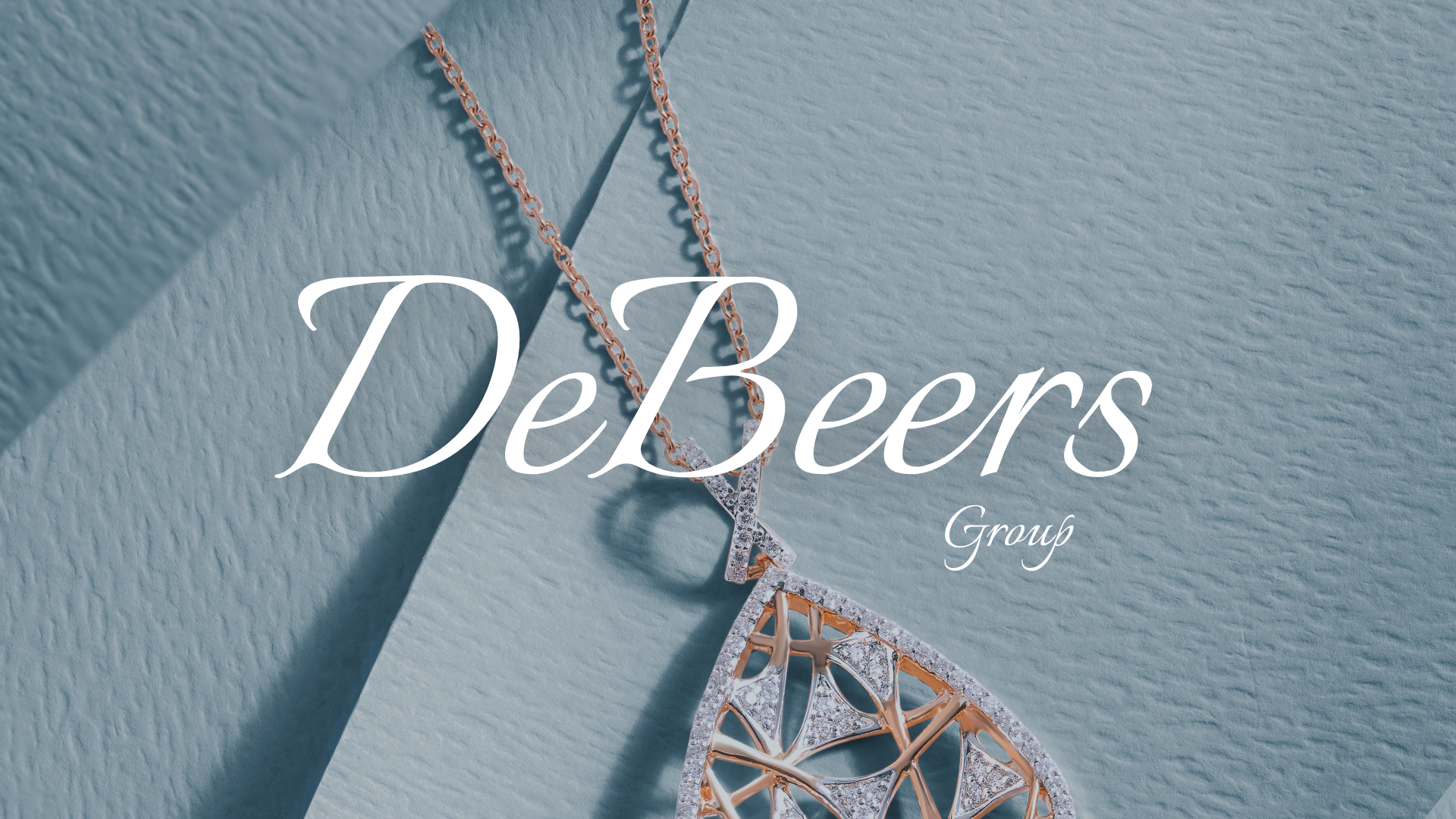
De Beers Group, once known as the world’s dominant diamond trader, has transformed into a modern, sustainability-driven enterprise. Founded in 1888, the company has evolved far beyond its image as a diamond monopoly to become a global leader in responsible mining, ethical sourcing, and innovation in lab-grown diamonds.
1. Diamond Exploration and Mining
De Beers’ business begins in the earth’s richest diamond reserves across Botswana, Namibia, South Africa, and Canada. Through partnerships such as Debswana and Namdeb Holdings, the company extracts natural diamonds under strict environmental and labour standards.
While historical debates often reference De Beers and blood diamonds, the company today operates under the Kimberley Process Certification Scheme, ensuring all its diamonds are conflict-free. De Beers publicly rejects any link to conflict or unethical mining and has implemented full traceability systems across its supply chain.
2. Sorting, Trading, and the End of the De Beers Diamonds Monopoly
For much of the 20th century, De Beers maintained a near monopoly on the global diamond market, controlling pricing and distribution tlhrough its “Sightholder” system. However, this structure has changed dramatically.
Today, De Beers competes in a diversified, open market with competitors from Russia, Canada, and Australia. Its focus has shifted from market control to brand value, transparency, and consumer trust.
3. Manufacturing, Jewellery, and Ethical Standards
Once mined, rough stones are sorted, cut, and polished under the company’s strict ethical framework. De Beers prohibits child labour and enforces international labour standards across its operations and suppliers.
Through initiatives such as the Building Forever program, the company invests in education and youth employment in mining communities, helping to eliminate poverty-driven child labour risks in the wider industry.
4. From Mines to Markets: The De Beers Retail Story
De Beers brings its diamonds to consumers through luxury retail brands like De Beers Jewellers and Forevermark by De Beers. Each stone is tracked and certified for its origin, quality, and ethical sourcing.
Its marketing legacy — “A diamond is forever” — remains one of the most recognized brand messages in the world.
5. De Beers Lab: Innovation in the Age of Synthetic Diamonds
The company’s Element Six division, often called the De Beers Lab, produces advanced synthetic and lab-grown diamonds for both industrial and jewellery use.
Through its Lightbox brand, De Beers offers affordable lab-grown diamond jewellery, clearly distinguishing it from natural stones. This reflects the company’s commitment to innovation, transparency, and consumer choice.
6. Sustainability and Responsible Sourcing
Under the Building Forever initiative, De Beers works to achieve carbon-neutral operations by 2030 and invests heavily in biodiversity, renewable energy, and women’s empowerment in mining communities.
Its ongoing commitment to ethical practices and transparent sourcing helps distance its modern operations from outdated associations like blood diamonds or exploitative labour.
7. The De Beers Business Model in Summary
| Segment | Focus | Key Brands / Divisions |
| Mining & Exploration | Extracting natural diamonds | Debswana, Namdeb, De Beers Canada |
| Trading & Sales | Sorting and selling rough diamonds | De Beers Global Sight holder Sales |
| Manufacturing | Polishing, grading, and synthetic diamond production | DTC, Element Six |
| Retail & Jewellery | Selling luxury and certified diamonds | De Beers Jewellers, Forevermark |
| Lab-Grown Diamonds | Affordable synthetic jewellery | Lightbox |
| Sustainability | Ethical mining, community investment | Building Forever Initiative |
8. Adapting to a Changing Market
As the diamond industry evolves, De Beers faces challenges from lab-grown competitors, changing consumer values, and fluctuating demand.
However, its combination of brand heritage, global operations, and responsible practices keeps it at the forefront of the diamond world — from deep mines in Africa to sparkling showcases in Paris and New York.
Conclusion: A Responsible Future for a Legendary Brand
De Beers’ journey from being seen as a diamond monopoly to a sustainability-focused leader shows how global industries can evolve.
By investing in transparency, banning child labour, innovating through the De Beers Lab, and ensuring every stone is ethically sourced, the Group continues to redefine what a modern diamond company can be — responsible, transparent, and accountable.

